Living with Chronic Obstructive Pulmonary Disease (COPD) brings unique challenges, especially when it comes to something as simple as eating. Mealtimes can trigger bloating, fatigue, shortness of breath, or even anxiety. But with a few adjustments, you can make eating more comfortable—and even enjoyable—while giving your body the fuel it needs to stay strong. Follow these tips to make mealtimes with COPD easier.
If you’ve ever felt breathless after a big meal or found yourself avoiding food because of discomfort, you’re not alone. Members of our COPD community have shared similar struggles. That’s why we’ve compiled a helpful list of expert-backed tips to help you breathe easier at the table and improve your nutrition.
Why Eating Can Be Difficult with COPD

Your lungs and stomach live close together in your upper body, separated only by a dome-shaped muscle called the diaphragm, which helps you breathe. When you overeat or slouch, your stomach expands upward, pressing against the diaphragm. For those with COPD—whose lungs may already be overinflated and less elastic—this pressure reduces lung capacity and makes breathing harder.
Meal habits and posture matter. We’ll go over some tips and habits that will help your breathing at mealtimes.
Eat Smaller, More Frequent Meals
Large meals press on the diaphragm and limit lung expansion. Instead of three big meals, aim for five to six smaller meals throughout the day. This supports digestion, reduces bloating, and improves breathing comfort. If you eat to excess at any one sitting, it’s likely to affect your breathing and comfort throughout the day.
✅ Bonus Tip: Use smaller plates to help with portion control and avoid overeating.
Clear Your Airways Before You Eat to Make Mealtimes with COPD Easier
Start every mealtime with this Active Cycle Breathing routine:
- 30 seconds of pursed-lip breathing
- 5 deep, steady breaths
- 2–3 rounds of huff coughing (like fogging up a mirror)
Doing this 30 minutes before meals can help open airways and reduce mucus buildup, making breathing and digestion easier.
Rest Before Meals—But Don’t Lie Down After
Fatigue is common with COPD, so it’s smart to rest before meals. However, lying flat after eating can cause acid reflux, bloating, or worsened shortness of breath. Never recline, even slightly while eating. It’s a choking hazard and can negatively affect your digestion.
✅ Pro Tip: Sit upright for at least 30–60 minutes after eating.
Sit Upright in a Supportive Chair
Slouching compresses your stomach and lungs. Instead, sit with your back straight and feet flat on the floor while eating. Good posture helps both digestion and breathing.
Doing exercises to improve core health not only helps your posture but will improve breathing as well as making COPD mealtimes easier.
Keep a Food Diary
Everyone reacts differently to food. Keeping a nutrition journal helps you track:
- What you ate and when
- How much you ate
- How you felt afterward (bloating, coughing, breathlessness)
This can reveal patterns—like which foods trigger reflux or worsen breathing—so you can make smarter dietary choices. This may seem like a tedious chore at first but the more detailed information you record, the more you can improve your nutrition as well as mealtime enjoyment. This is a tool not only for yourself, but something you can take to your doctor or nutritionist so that they can help you with meal planning and good nutrition.
CLICK HERE to download your FREE Food Diary!
Stay Hydrated—But Limit Fluids at Mealtimes
Water keeps mucus thin and airways clear. Aim for 6–8 cups of water daily, but drink most of it between meals, not during. Too much fluid while eating can lead to early fullness and reduced appetite.
Focus on Nutrient-Dense, High-Calorie Foods
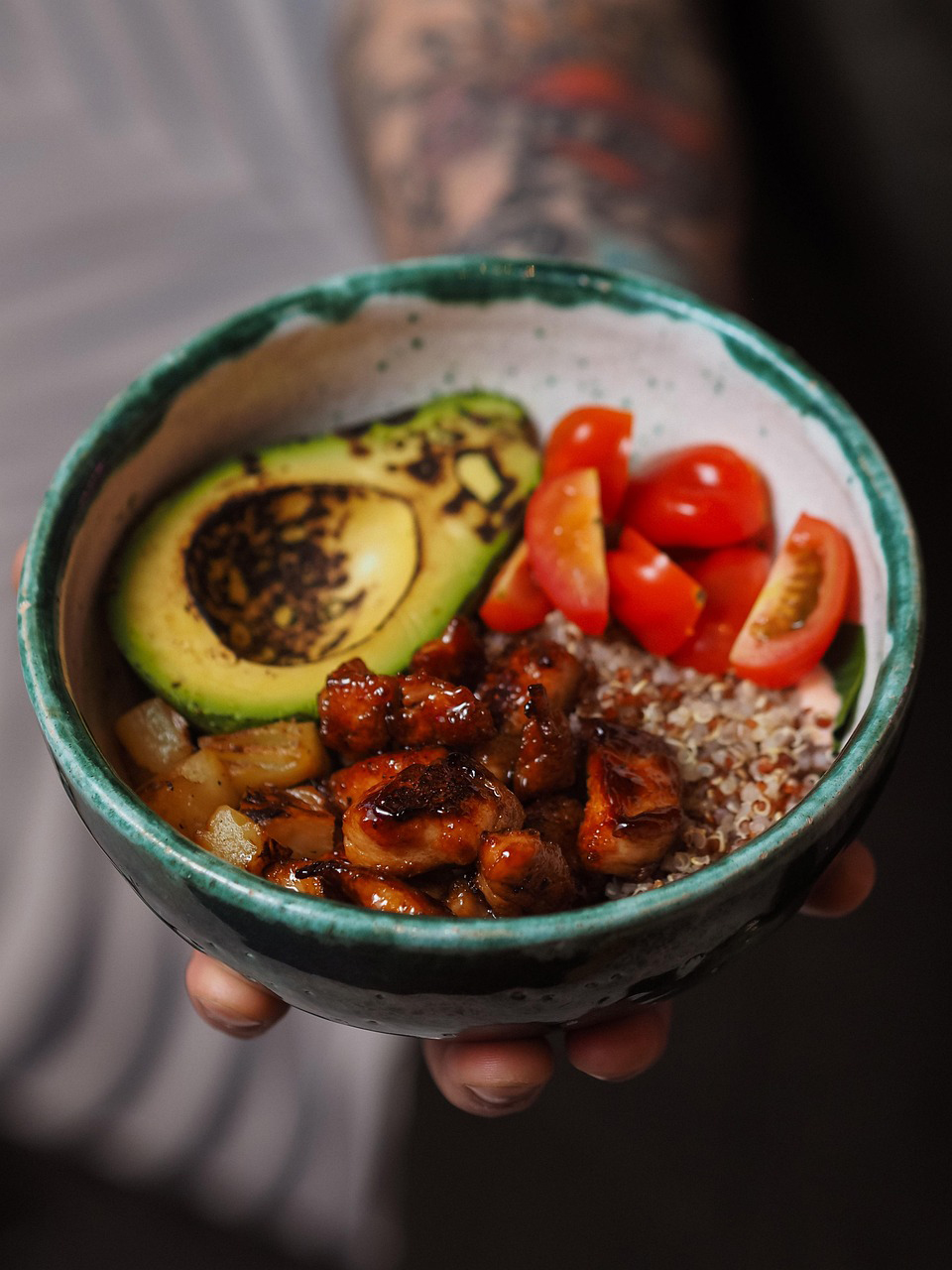
COPD increases the energy cost of breathing—some people burn up to 10 times more calories just to breathe! To maintain weight and strength, include:
- Avocados
- Eggs
- Nuts and nut butters
- Greek yogurt
- Smoothies with protein and healthy fats
Avoid “empty calories” like soda or chips, which provide little nutrition. We’re not saying you can’t have a treat now and again but since your food intake may be limited it’s important to eat nutritious foods first.
Add Fiber to Reduce Bloating
Fiber improves digestion and helps prevent constipation and bloating, which can worsen breathing. Aim for 20–30 grams of fiber daily from:
- Oats and whole grains
- Fruits and vegetables
- Beans and lentils
📝 Note: Increase water intake as you increase fiber.
Eat Slowly and Breathe Normally
Rushed eating can cause air swallowing and bloating. Practice mindful eating:
- Take small bites
- Chew thoroughly
- Put your fork down between bites
- Breathe evenly—don’t hold your breath while chewing
Create a calm mealtime environment: quiet music, no screens, and focused attention on your food. Think of mealtime as a social occasion too. Eat slowly, catch up on your day or make plans for the weekend. If you’re eating alone, try to make mealtime a mindful time. No doom scrolling or tv. Savor the taste of your food, make thorough entries in your food diary, don’t rush and focus on breathing and not holding your breath.
Flavor Foods Without Excess Salt
COPD medications can reduce your sense of taste, causing people to over-salt their food. But salt can cause fluid retention and worsen breathing. Instead, enhance flavor with:
- Herbs (oregano, basil, thyme)
- Spices (turmeric, paprika, cinnamon)
- Citrus (lemon zest or juice)
- Vinegars (apple cider or balsamic)
If you use your inhaler prior to mealtime, rinse your mouth afterwards. It’s a good practice to avoid getting thrush but it also helps prevent medication from leaving a metallic or bitter taste that may affect mealtime enjoyment by altering or limiting the taste of your food.
Plan and Prep Meals in Advance
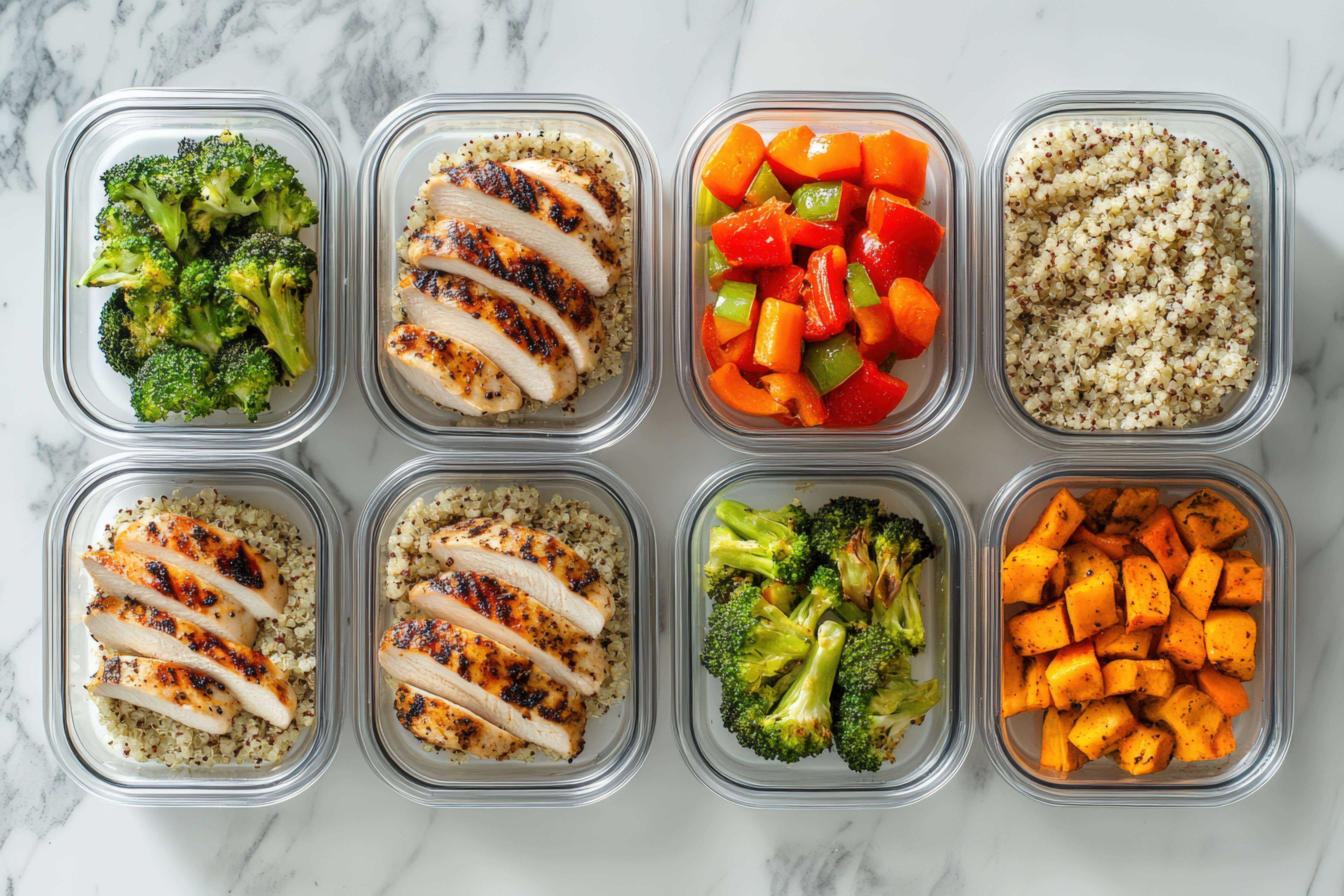
Meal prep can be exhausting. Make it easier by:
- Cooking in batches and freezing portions
- Using lightweight cookware
- Keeping essentials at waist height
- Use reacher tools to get things at different heights to avoid bending and reaching. Every time you bend over it restricts your breathing.
- Sitting while prepping
Consider slow cookers or Instant Pots for energy-saving meals. Boiling things on the stove adds humidity into the air. More moisture in the air means less oxygen which can affect breathing. Crack a window or turn on the exhaust fan to help dispel moisture. Gadgets like slow cookers or Instapots make mealtimes less labor intensive and also add less moisture to the air.
Wear Your Oxygen While Eating (If Prescribed)
Some people skip oxygen during meals, but this can lead to fatigue or discomfort. Use your portable oxygen concentrator as directed while eating to help your body get the oxygen it needs during digestion.
Choose Easy-to-Eat Foods on Bad Days
When energy is low, opt for soft or easy-to-digest meals:
- Scrambled eggs
- Smoothies
- Soups and stews
- Cooked vegetables
- Mashed potatoes
Prep ahead by freezing smoothie cubes or single-serving meals.
Try Adaptive Tools and Appliances
Fatigue, arthritis, or tremors can make cooking difficult. Consider:
- Ergonomic knives and tools
- Electric can openers
- Non-slip mats
- Jar openers
- Pre-chopped ingredients
- Home meal delivery services
Make Meals Enjoyable and Easier with COPD
Mealtimes should bring joy, not stress. Create a soothing atmosphere with:
- Soft lighting
- Relaxing music
- A loved one at the table
- A moment of gratitude
Reducing anxiety helps reduce shallow breathing and tension.
BONUS: Taste Loss and How to Deal with It
Many COPD patients experience taste dysfunction due to medications, inhalers, or smoking history. This can lead to both undereating and overeating:
- Undereating: Food seems bland; you lose interest in eating
- Overeating: You may crave saltier, stronger flavors for stimulation
Strategies to Improve Taste and Appetite:
- Rinse your mouth after inhalers
- Chew minty gum or use sugar-free candies
- Brush your tongue or use a tongue scraper
- Try citrus fruits, herbal teas, or fruit juices like cranberry
- Use pill gel-covers to avoid bitter tastes
- Talk to your doctor about medication-related taste changes
Quit smoking—it damages taste buds, but they can regenerate over time. And quitting smoking is the number one thing that you can do to improve your health.
Powerful Herbs and Spices for Respiratory Support
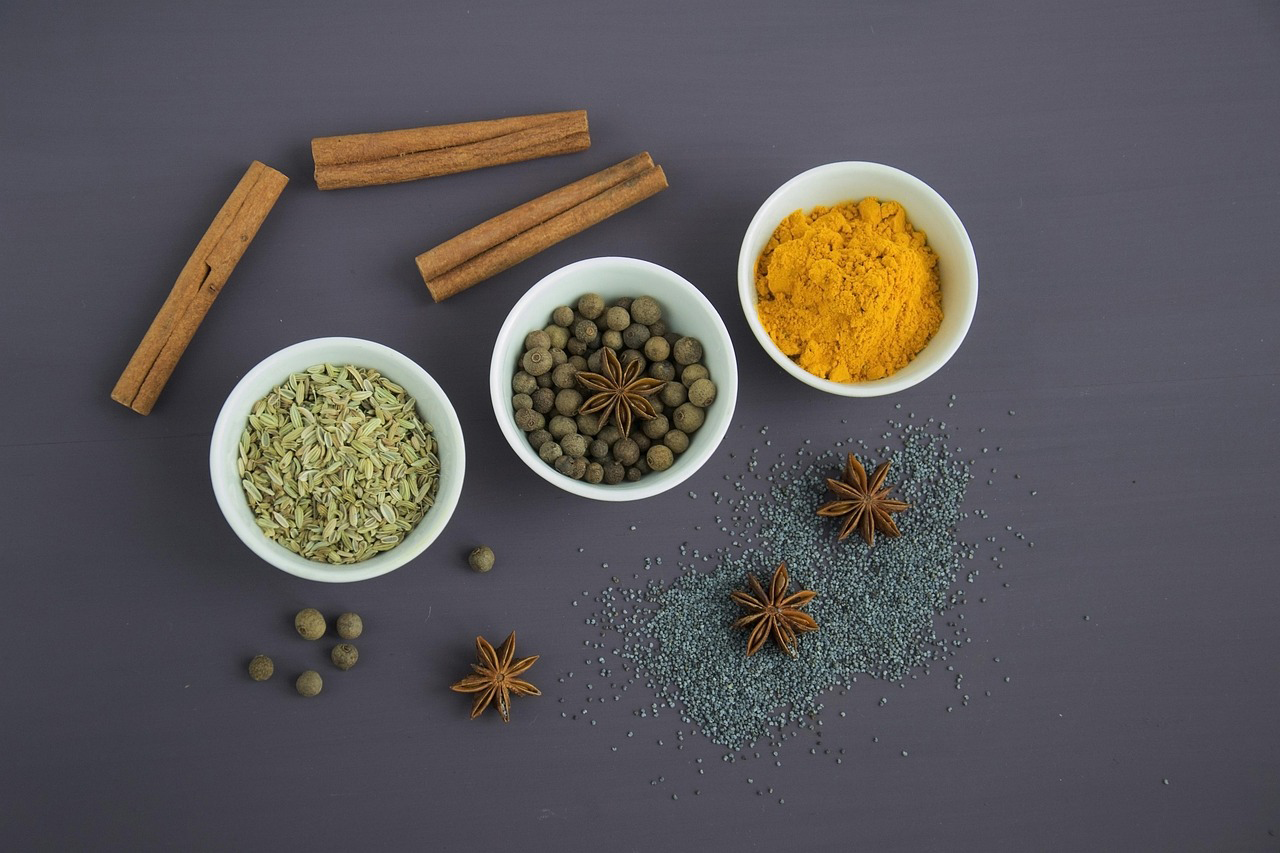
Spices can do more than improve taste of food, they can do a lot to support respiratory health.:
- Thyme: Helps clear mucus and relax airways
- Turmeric: Anti-inflammatory and antioxidant
- Capsaicin (hot peppers): Boosts circulation
- Ginseng: May improve stamina and lung function
- Red Sage: Protects blood vessels
- Oregano: Natural antihistamine and decongestant
Final Thoughts: Eat Well, Easier COPD Mealtimes
Managing COPD means thinking about how everyday actions—like eating—affect your breathing. The good news? With small changes in how and what you eat, you can reduce discomfort, prevent flare-ups, and boost your strength.
Mealtimes don’t have to be a struggle. They can nourish both body and spirit.
Need Help with Oxygen Therapy or Travel Nutrition?
If you’re traveling or have questions about portable oxygen concentrators, nutrition on the go, or anything COPD-related—we’re here to help.
You can reach our respiratory care team at 1-888-643-4921 to speak with someone who truly understands.
Our respiratory specialists can help you find the ideal concentrator for your medical needs. They can also figure out if you can use your Medicare benefits to help offset the cost of a portable oxygen concentrator. We’ll even cut through the red tape and do the paperwork for you so you don’t have to deal with it.
If you’re worried about upfront costs we offer easy approval financing with payments as low as $59/month. We can take your application right over the phone and in most cases, give you an instant approval.
Tags: COPD nutrition tips, eating with COPD, food and breathing, COPD meal prep, COPD oxygen use, COPD travel tips, portable oxygen concentrators


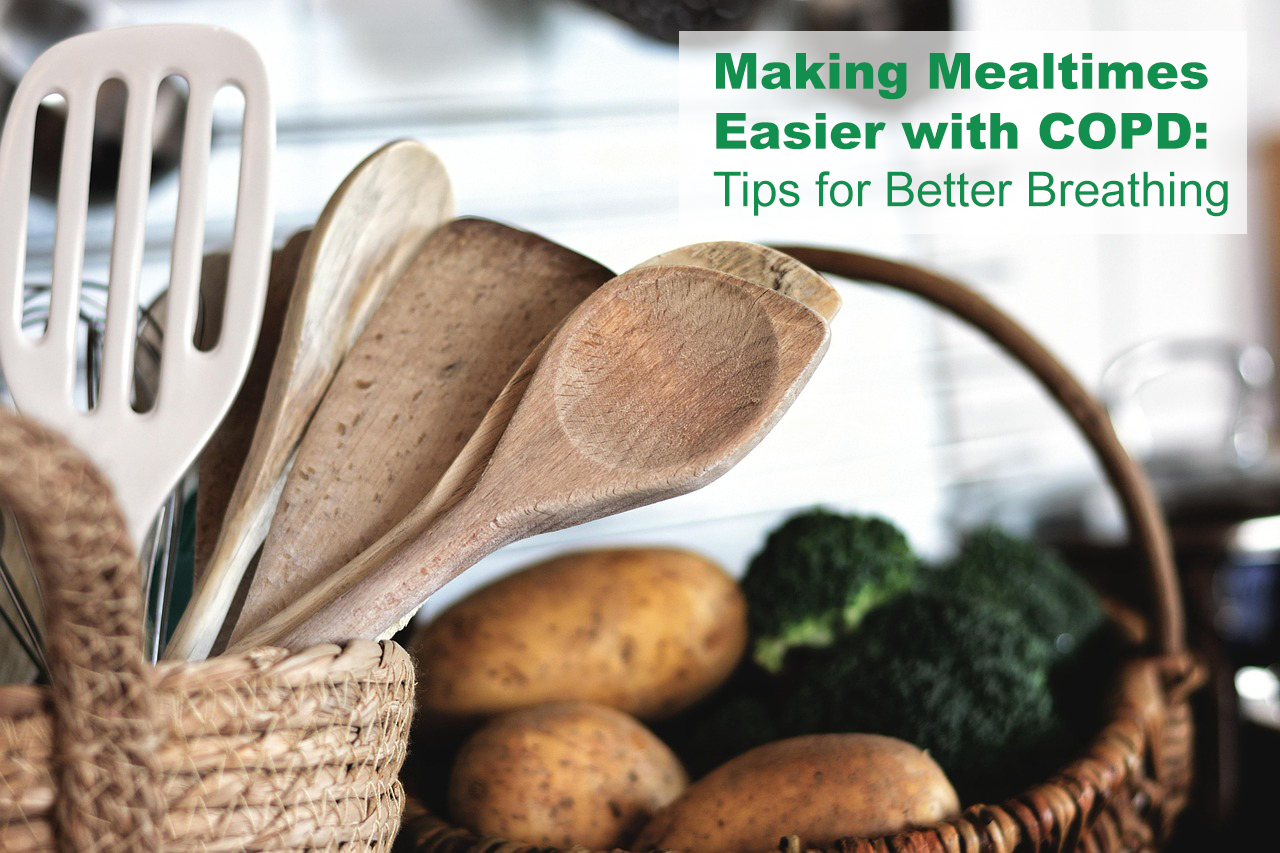
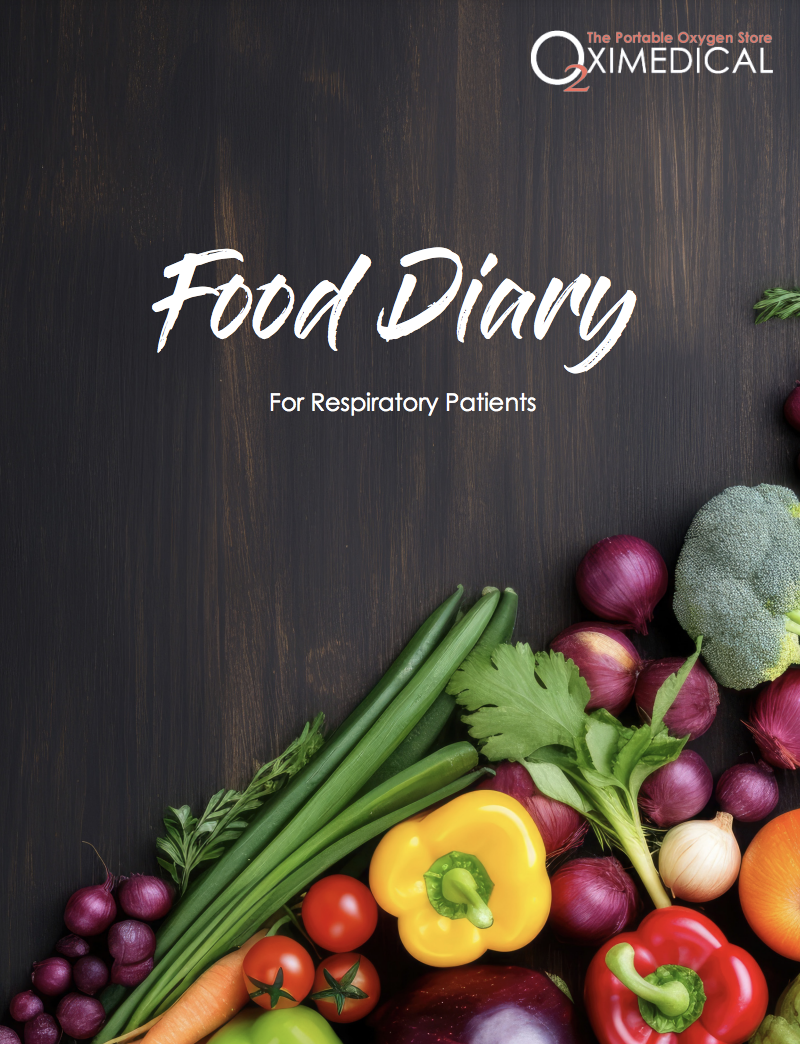
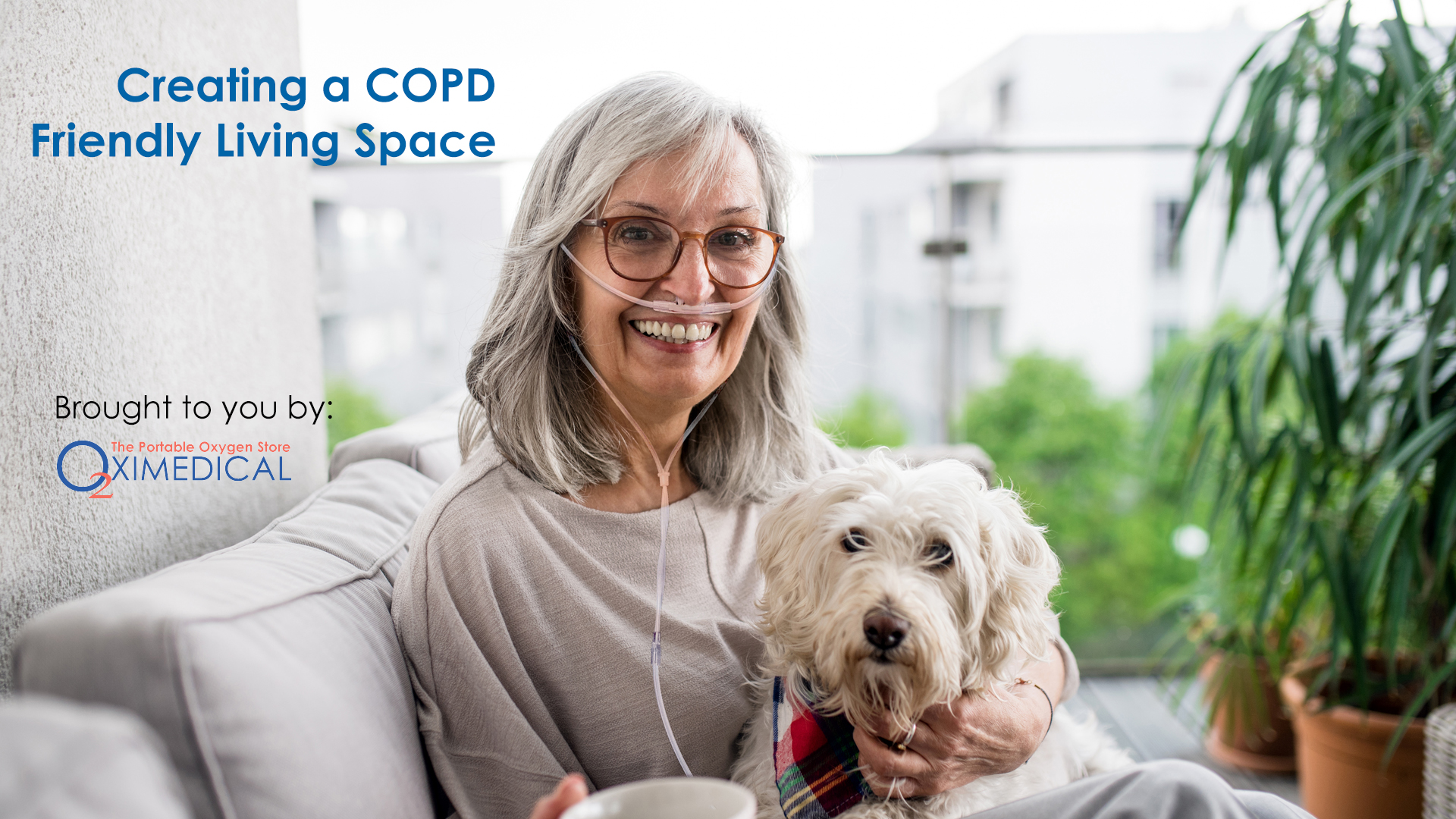
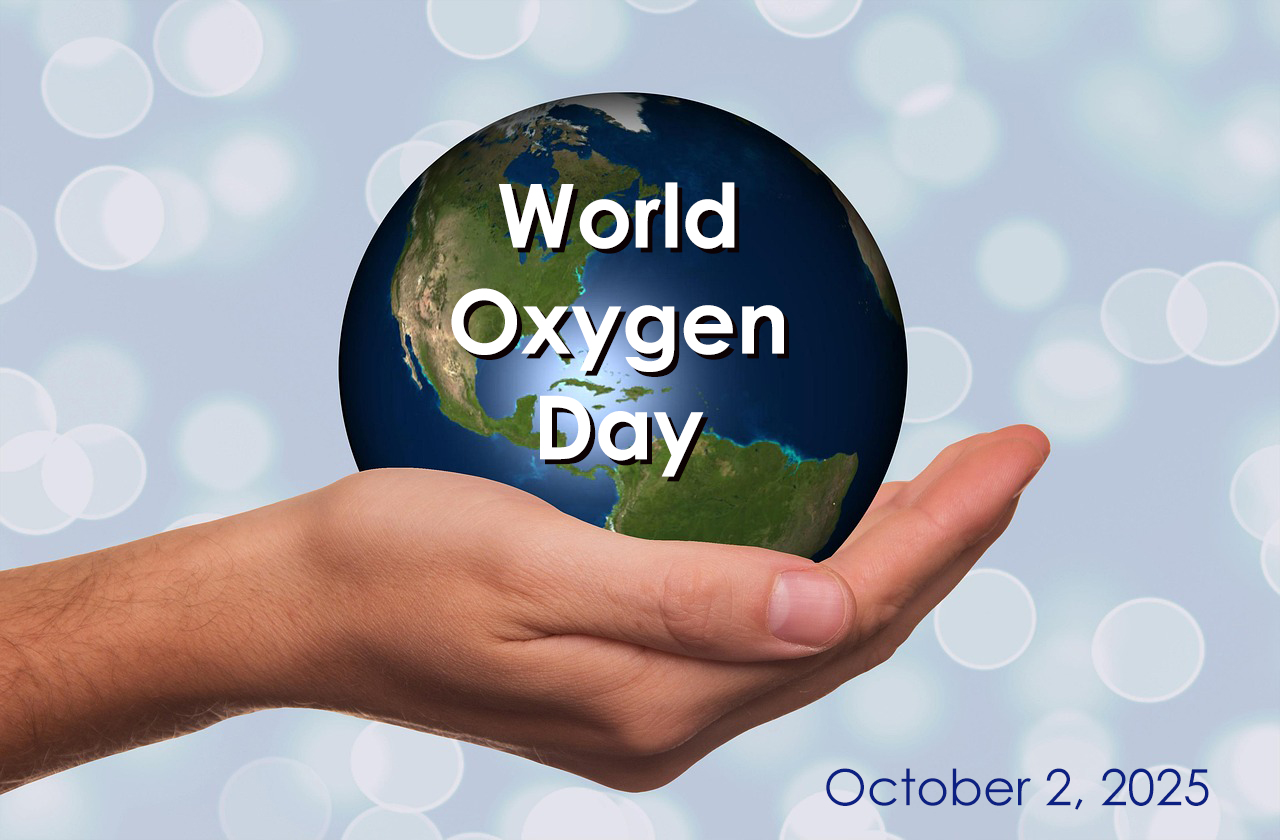
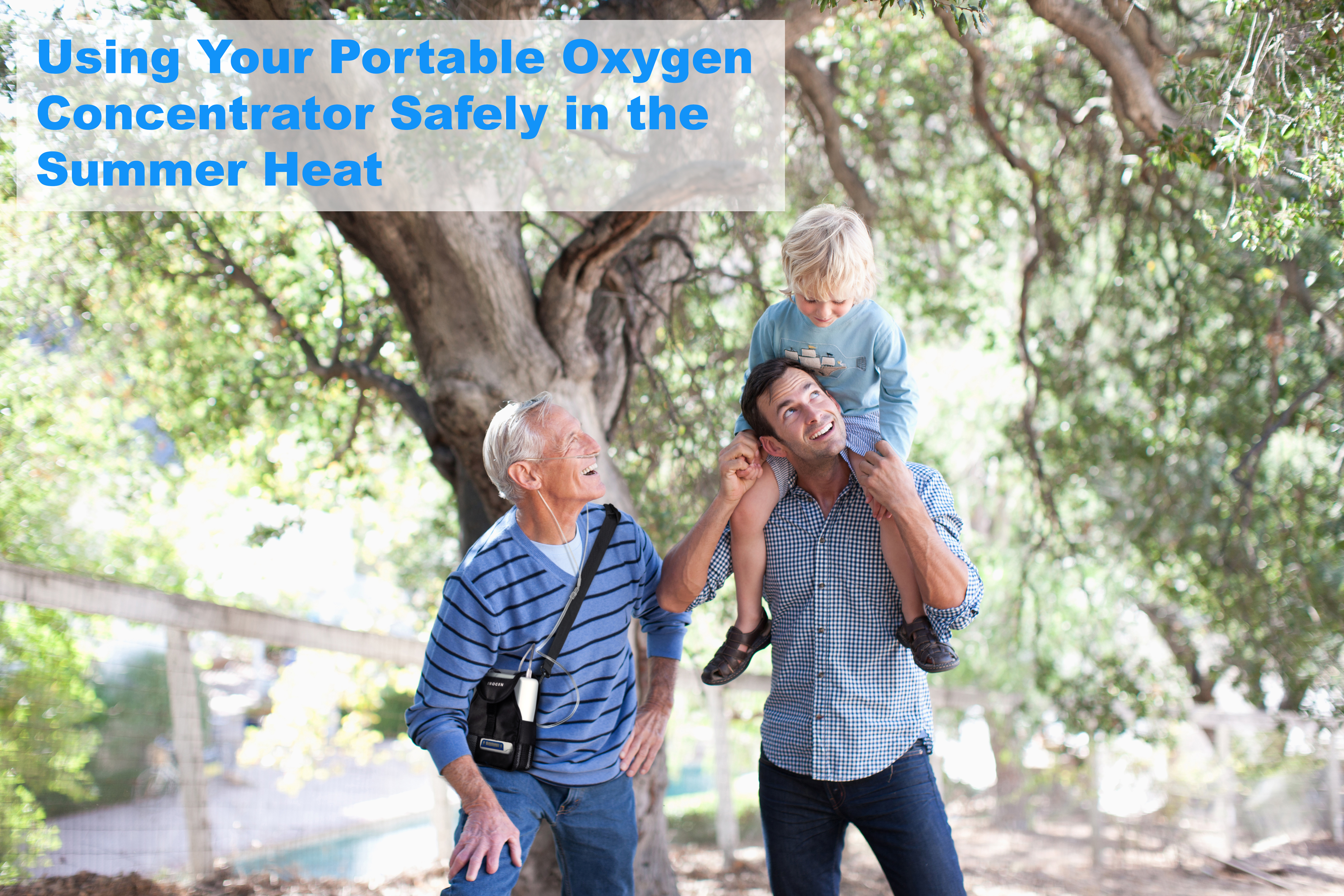
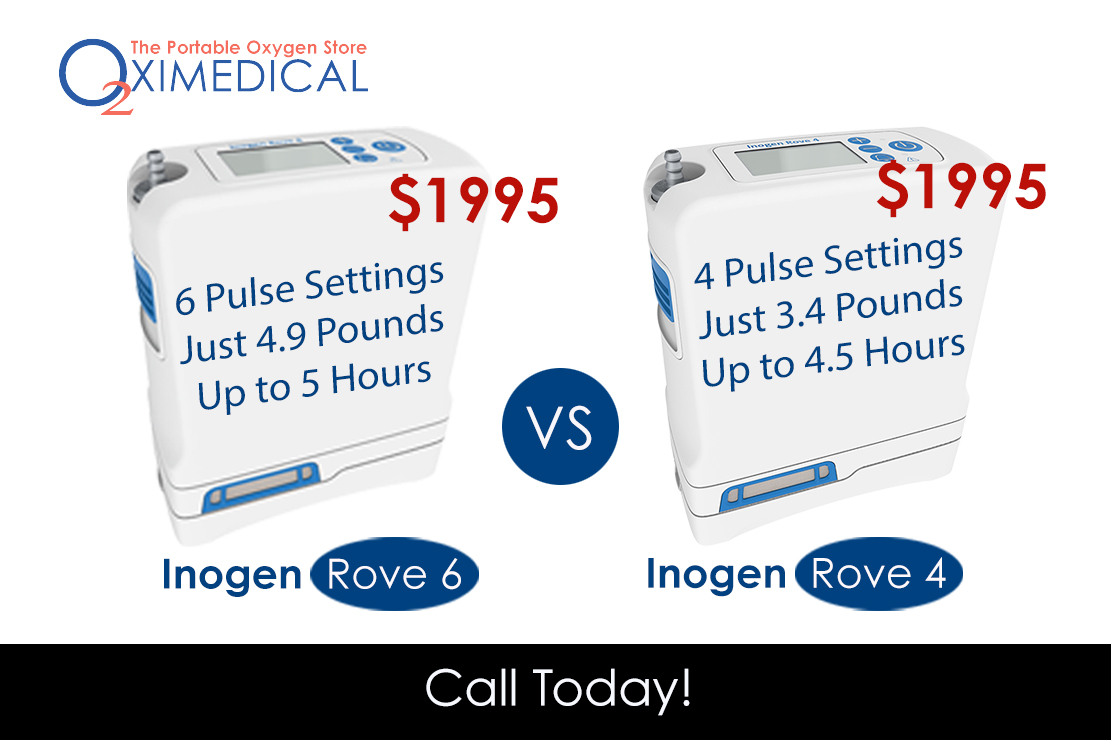

0 Comments